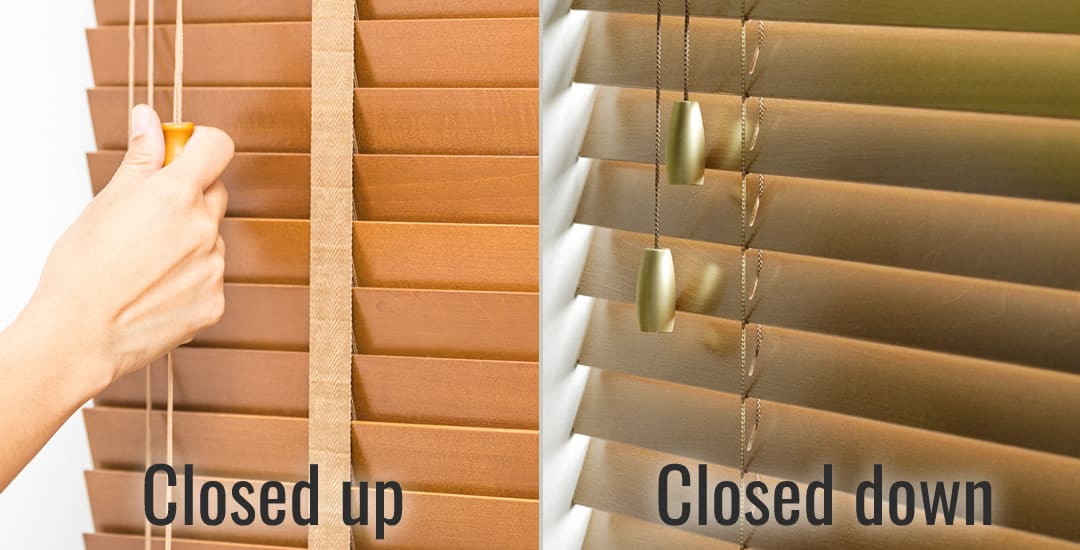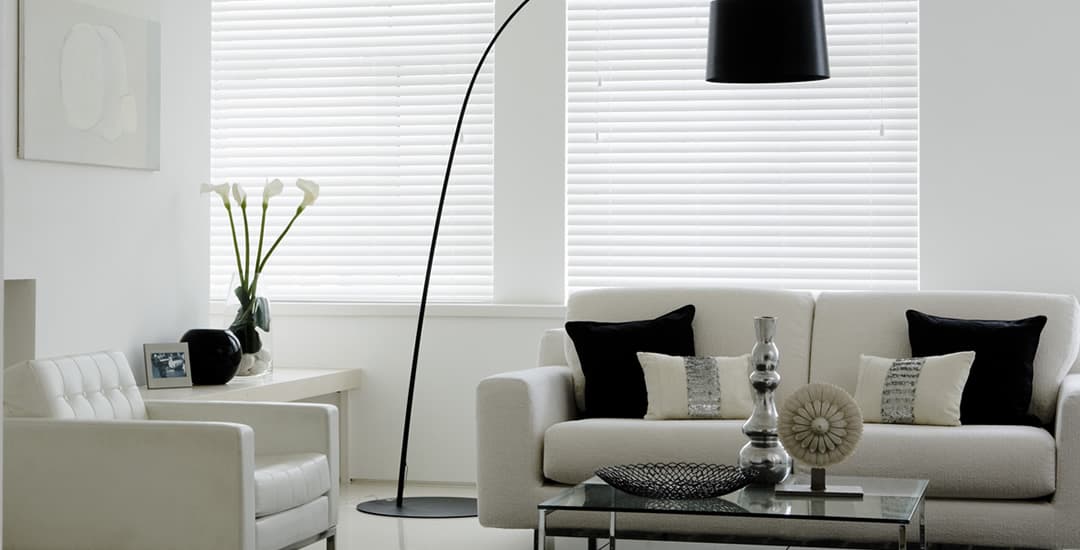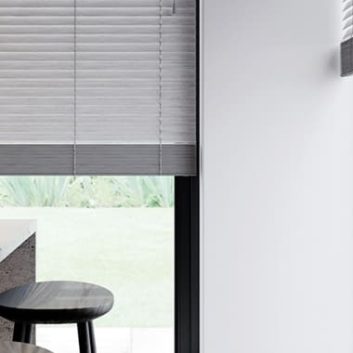
Wait, what? When people ask “should Venetian blinds be closed up or down,” they’re referring to the direction in which the slats lie when the blind is closed. Think the way tiles on a roof lie overlapping each other slightly in uniform rows.
Venetian blind slats can rotate through almost a full 360 degrees, which gives you lots of options; but is there a right and wrong to this, and is it better to have your blinds turned up or down? Generally, closed in the downwards position is the norm, and is the sort of appearance most people expect Venetian blinds to have.
Most folk consider this to look better than having their Venetian blinds turned up when closed, but there is a case to be made for both approaches, which I’ll cover in this blog post.
Is it better to have your blinds turned up or down?
“Better” is a subjective term; as I mentioned above, most people automatically close their blinds with the slats overlapping downwards, and as one of the lads in the office said about Venetian blinds turned up when I demonstrated both variations, “that’s just odd-looking, like a cat with its fur brushed the wrong way,” which, I kind of see his point.
Functionality wise, closing Venetian blinds down allows you to filter light into the room with small adjustments to the slat controls, which gives you a a degree of privacy from snoopers outside without blocking out the light entirely. This is also the approach of choice for some people when it comes to their bedroom blinds, as it means they can wake up to natural but not glaring sunlight.
That said, while turning your Venetian blinds up isn’t the norm for most people, it does have some points in its favour too in certain scenarios when it comes to enhancing your privacy.
Should Venetian blinds be closed up or down for maximum privacy?

In most cases, closing your Venetian blind upwards if you want to use it to filter light rather than block it entirely will actually give you more privacy than turning your blinds downwards.
This is because even if someone pressed their nose right up against your window, their narrow, upwards angled view through the slats would possibly allow them to see your ceiling, but nothing else, assuming you’re working with a ground floor window.
Turning the blind upwards also gives more precise control over the light, as you can deflect it upwards to allow more in without glare.
However, if you’re using Venetian blinds on upper floors, tilting the slats upwards while people are potentially looking at them from below might give them an angle to see into the room; albeit a very narrow and limited one, which is highly unlikely to show them anything specific.
Should Venetian blinds be closed up or down if you intend to leave them in situ for long periods of time?
If you’ve got blinds in rooms you don’t use much and/or leave your blinds in one position most of the time rather than opening and closing them daily, should Venetian blinds be closed up or down?
First up, I would recommend opening and closing your blinds at least once a week just to ensure that they continue to work properly and don’t become stiff from disuse, whatever type of blind you’re dealing with.
However, if your blinds are going to be left closed for long periods of time, should Venetian blinds be closed up or down for the longer term? In this situation I suggest closing them downwards, as this leaves fewer flat surfaces to gather dust on!





And for winter? Up or down? Which holds in more heat? And why? Some say it makes no difference.
Thanks,
dc
Hello, thank you for your question.
We would recommend closing them up in the winter if you’re looking to hold in more heat. This is because in the closed-down position, as the heat rises up across the surface of the blind a small amount of heat may pass through the slats and out towards the window because the slats don’t form an air-tight seal when closed.
In the closed-up position, the heat will rise all the way up the height blind without passing through the slats as easily. Hope that helps.